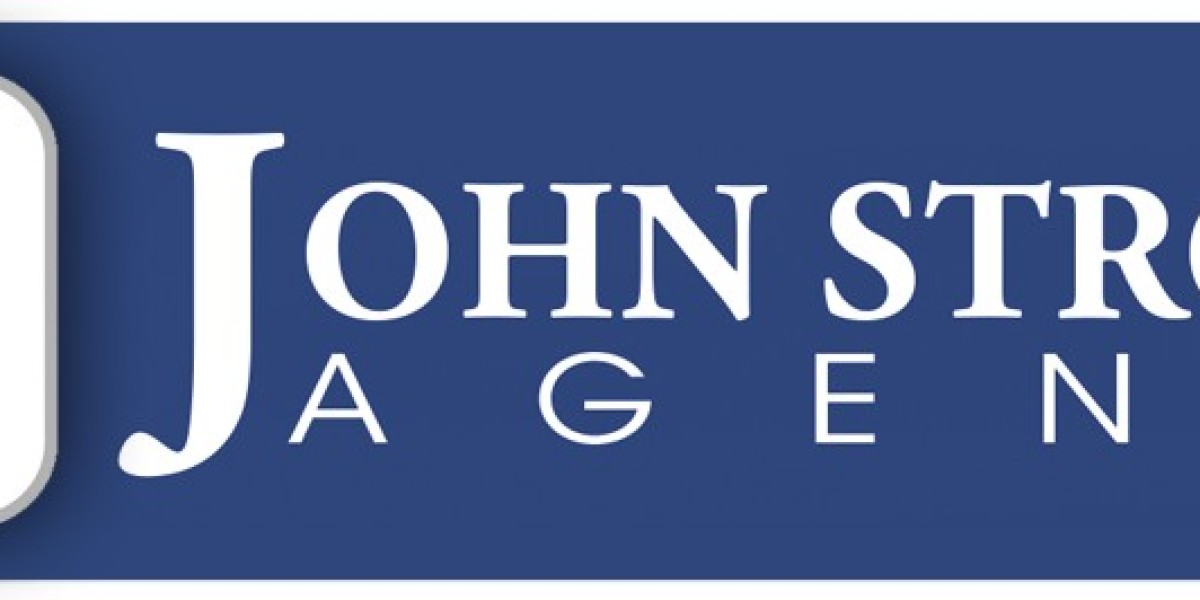Medicare, a vital healthcare program in the United States, provides essential coverage to eligible individuals. However, understanding Medicare cost-sharing is crucial for beneficiaries to comprehend their financial responsibilities and navigate healthcare expenses effectively.
Medicare Parts and Cost-Sharing Basics
Medicare consists of different parts, each with its own cost-sharing structures:
Medicare Part A: This covers hospital stays, skilled nursing facility care, hospice care, and some home health services. For most beneficiaries, Part A is premium-free if they or their spouse paid Medicare taxes while working. However, there may be deductibles, coinsurance, or copayments associated with services.
Medicare Part B: This covers outpatient services, doctor visits, preventive care, and medical equipment. Beneficiaries pay a monthly premium for Part B, along with deductibles, coinsurance, and copayments for services received.
Medicare Part C (Medicare Advantage): Offered by private insurance companies, these plans combine Part A and Part B coverage and often include prescription drug coverage (Part D). Cost-sharing for Part C plans varies by provider and plan type.
Medicare Part D: This covers prescription drugs. Beneficiaries pay a monthly premium, deductible, coinsurance, and copayments for medications covered under their plan.
Deductibles, Coinsurance, and Copayments
Deductibles are the amount beneficiaries pay out-of-pocket before Medicare begins to cover expenses. Coinsurance is the percentage of costs beneficiaries pay for covered services after meeting the deductible. Copayments are fixed amounts paid for specific services or prescriptions.
Medicare Supplement Insurance (Medigap)
Medigap plans, sold by private insurance companies, help cover Medicare cost-sharing gaps like deductibles, coinsurance, and copayments. These plans offer additional financial protection by reducing out-of-pocket expenses for beneficiaries.
Income-Related Monthly Adjustment Amount (IRMAA)
High-income beneficiaries may be subject to an IRMAA, an extra amount added to their monthly Part B and Part D premiums. IRMAA is based on modified adjusted gross income from two years prior.
Ways to Manage Medicare Cost-Sharing
Choosing the Right Plan: Selecting a Medicare plan that aligns with healthcare needs and financial capabilities is crucial. Understanding the specifics of each plan's cost-sharing structure helps in making an informed decision.
Utilizing Preventive Services: Medicare covers many preventive services at no cost to beneficiaries. Taking advantage of these services can help prevent illnesses or detect health issues early, potentially reducing overall healthcare costs.
Reviewing Prescription Drug Coverage: Beneficiaries should assess their prescription drug needs annually and consider changing Part D plans if necessary. Different plans cover different medications at varying costs.
Exploring Assistance Programs: Programs like Medicaid, Extra Help (Low-Income Subsidy), and state-sponsored programs can help eligible beneficiaries cover Medicare costs, including premiums, deductibles, and copayments.
Planning for Healthcare Costs in Retirement
Understanding Medicare cost-sharing is an integral part of retirement planning. Individuals should estimate potential healthcare expenses, including premiums, deductibles, and anticipated services, to ensure they are financially prepared for retirement healthcare costs.
Staying Informed and Seeking Assistance
Medicare beneficiaries should stay informed about changes in coverage, costs, and available programs. Resources like Medicare.gov, state health insurance assistance programs (SHIPs), and Medicare counselors can provide guidance and answer specific questions about cost-sharing and coverage.
For More Info:-








